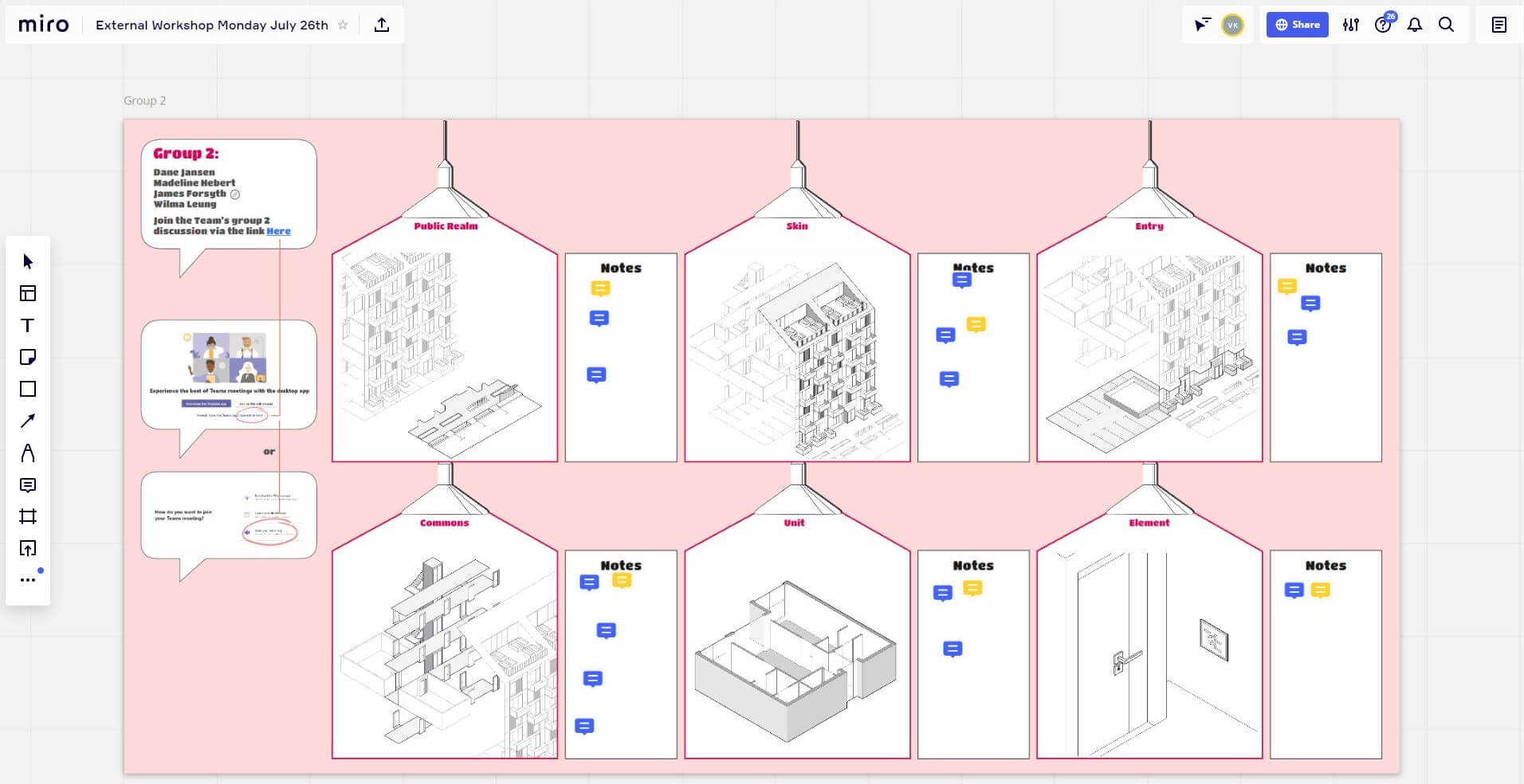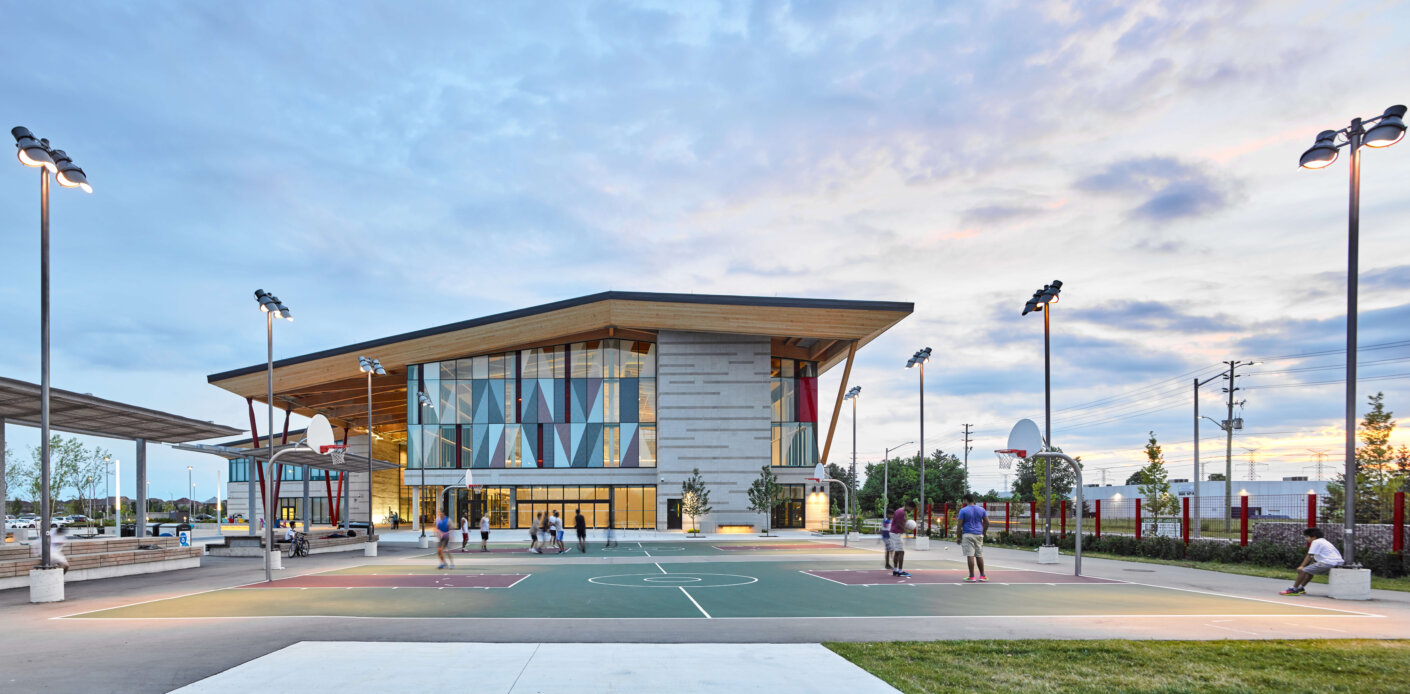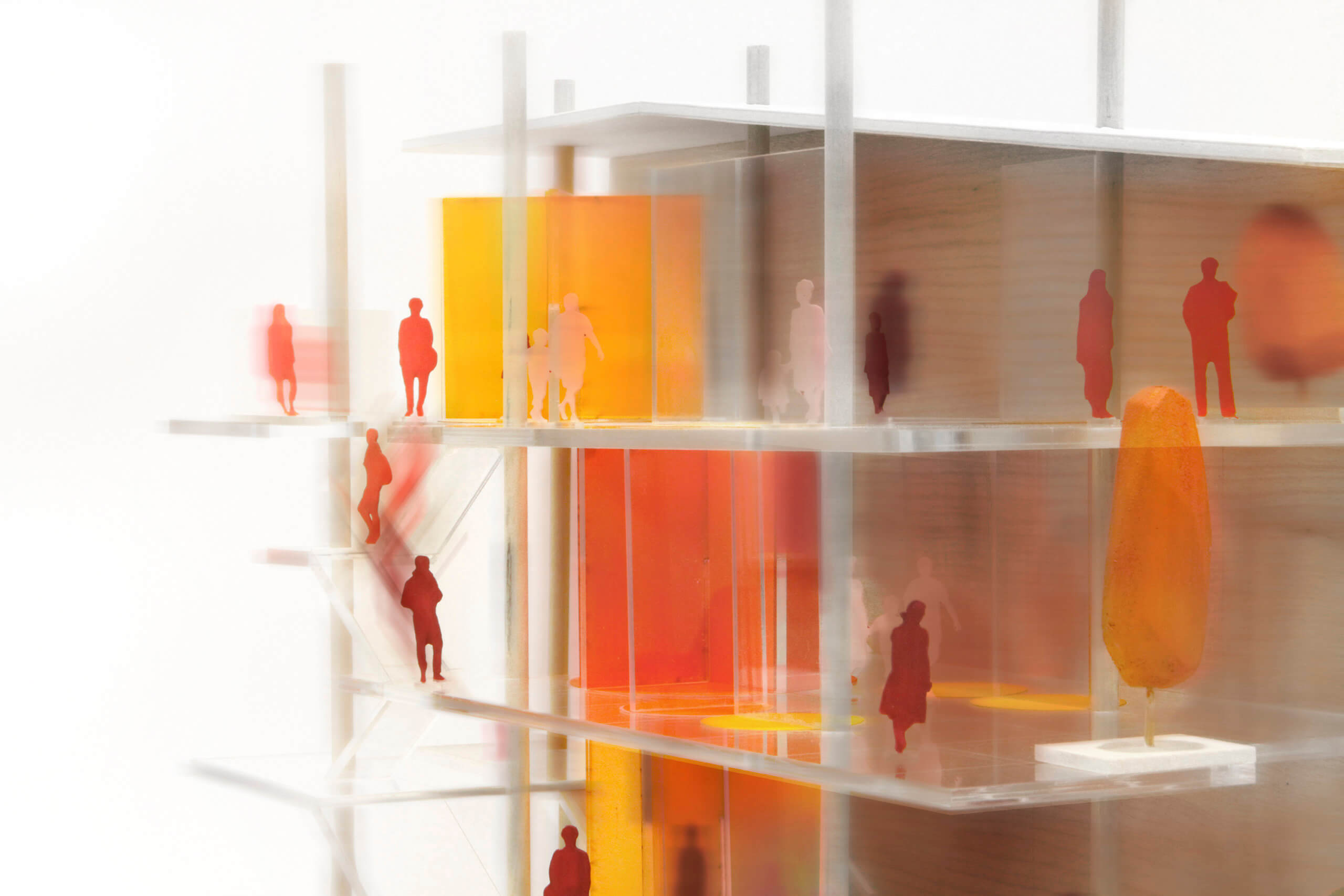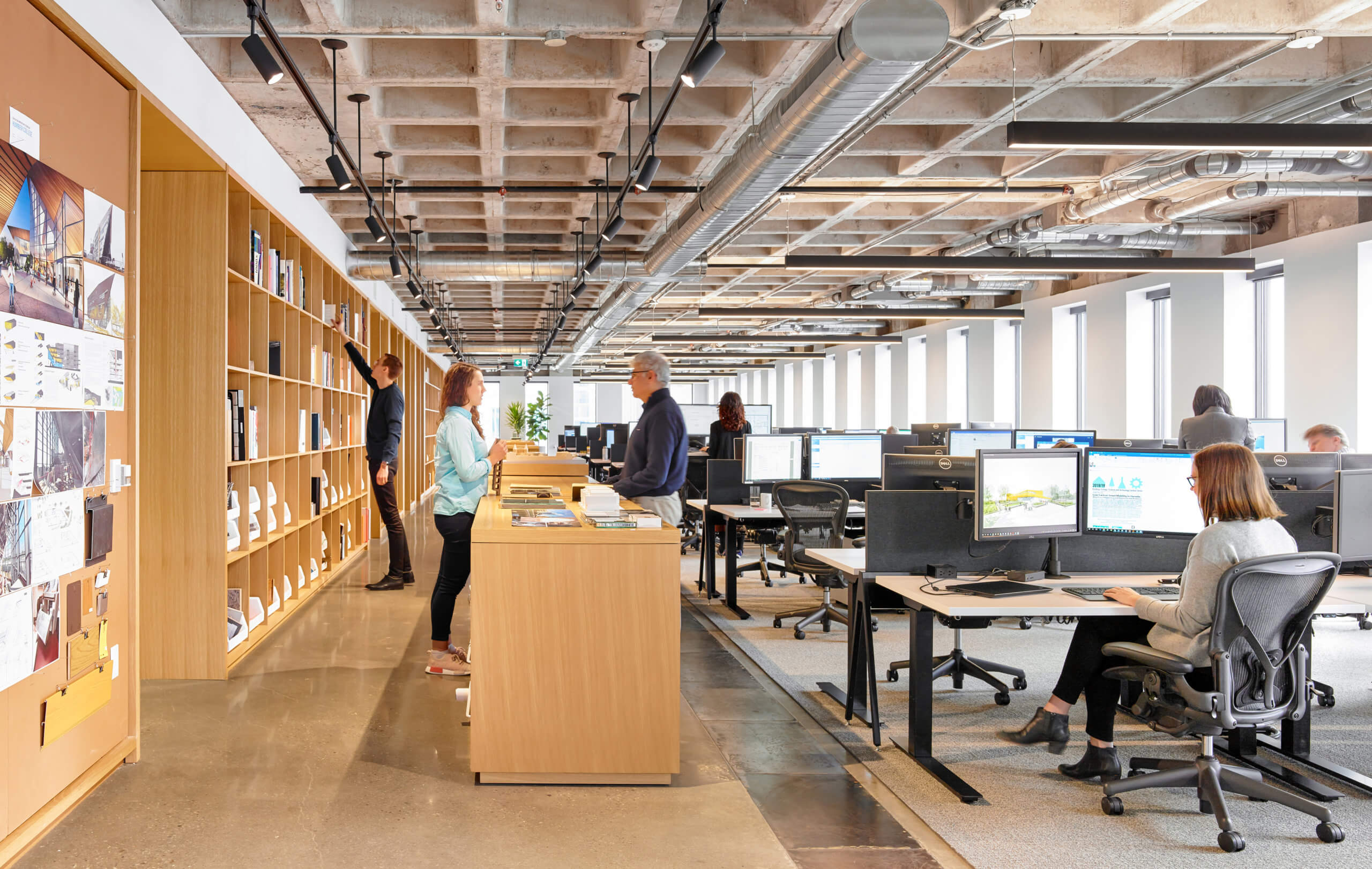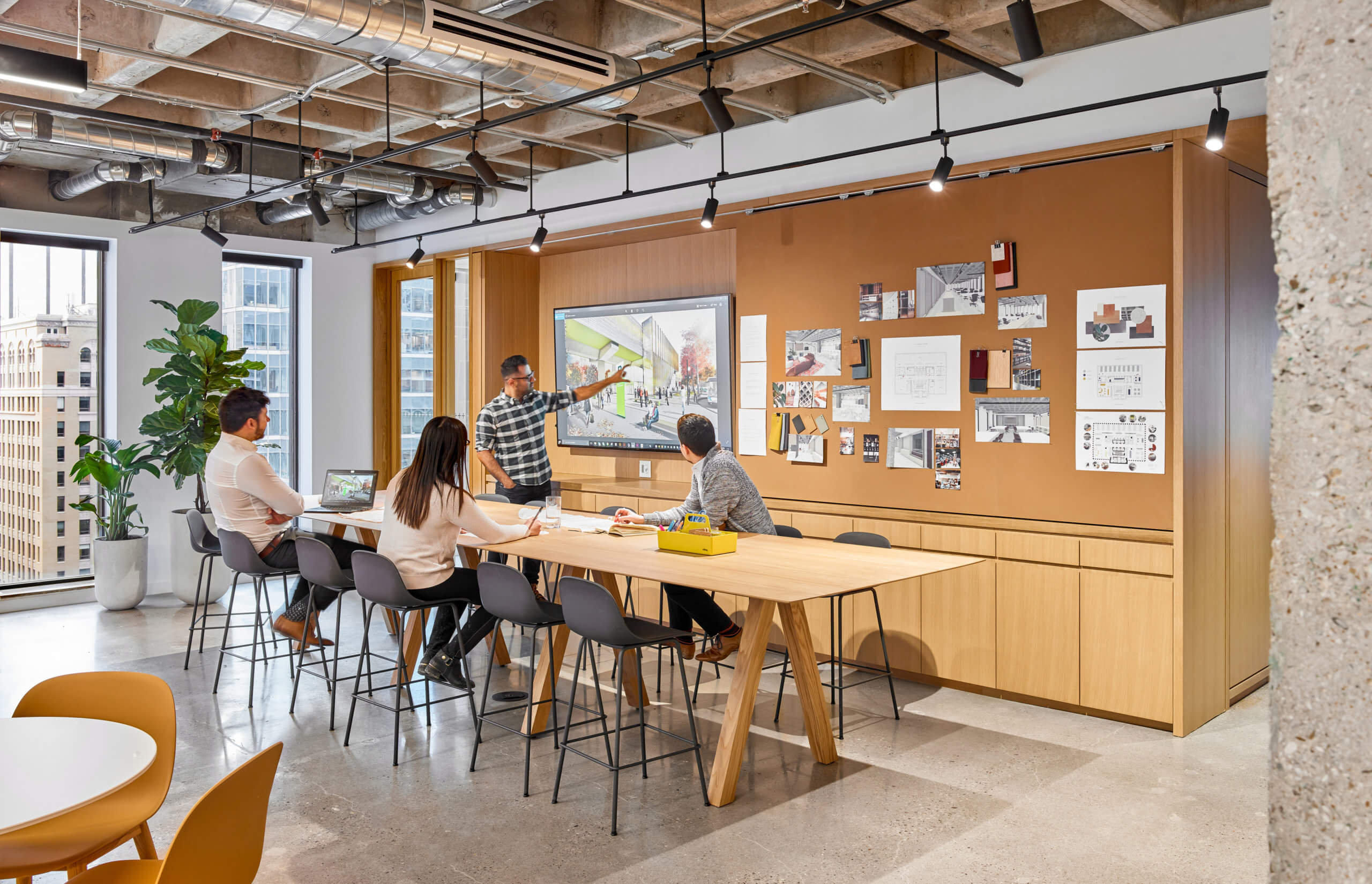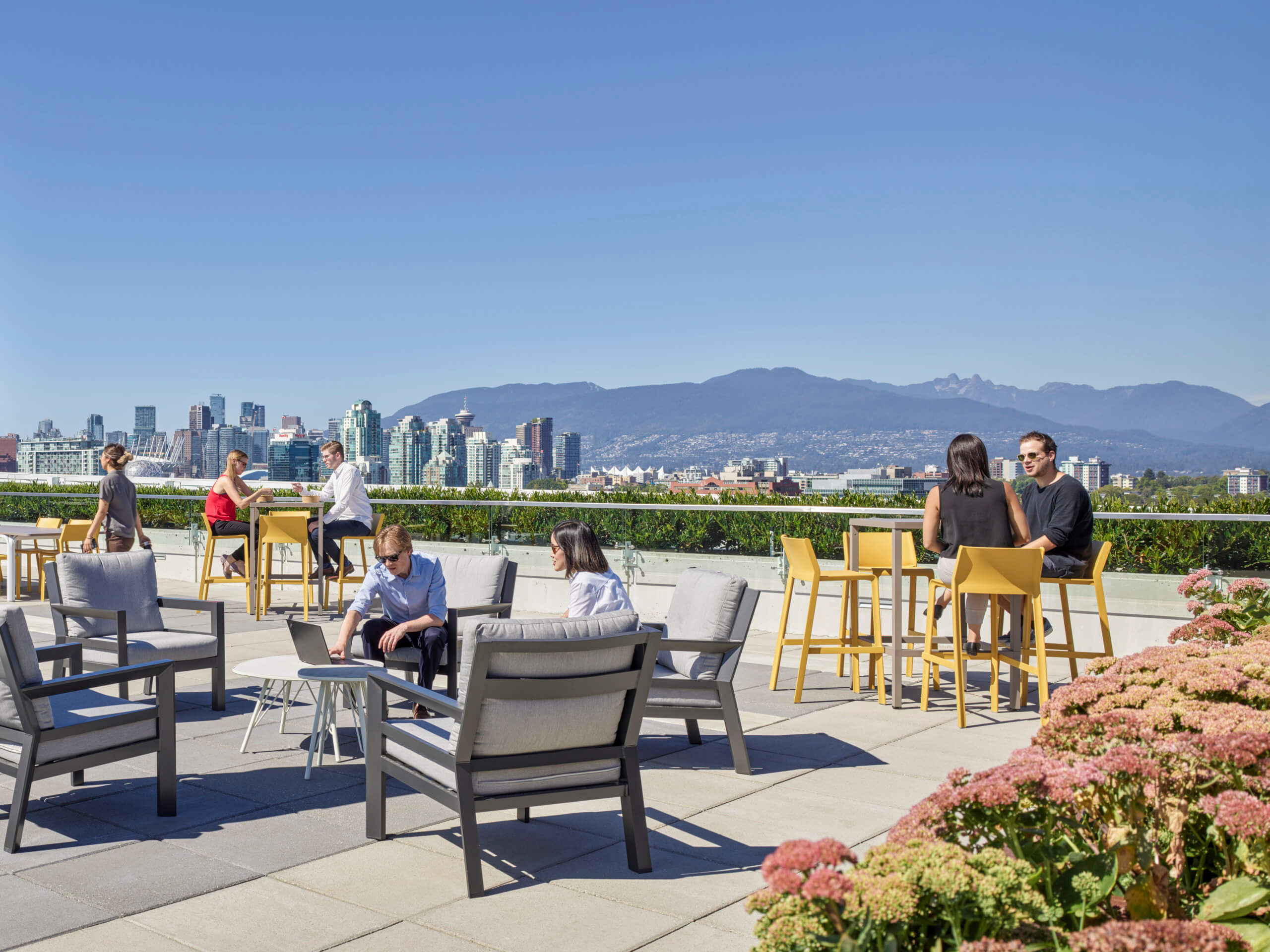The ongoing COVID-19 pandemic and our adjusted baseline is a catalyst to rethink our relationship to and dependency on our built environment and the planet. While physically distanced, how can we still create healthy and connected communities? How do we protect our future to be sustainable and resilient, while addressing the present-day concerns of virus transmission and health safety? There is a need for all of us—designers, property owners, city officials, and the community—to recalibrate our thinking and strengthen our commitment toward creating equitable and resilient cities.
Leveraging this opportunity and combining it with holistic thinking, six perspectives are proposed to support this recalibration:
